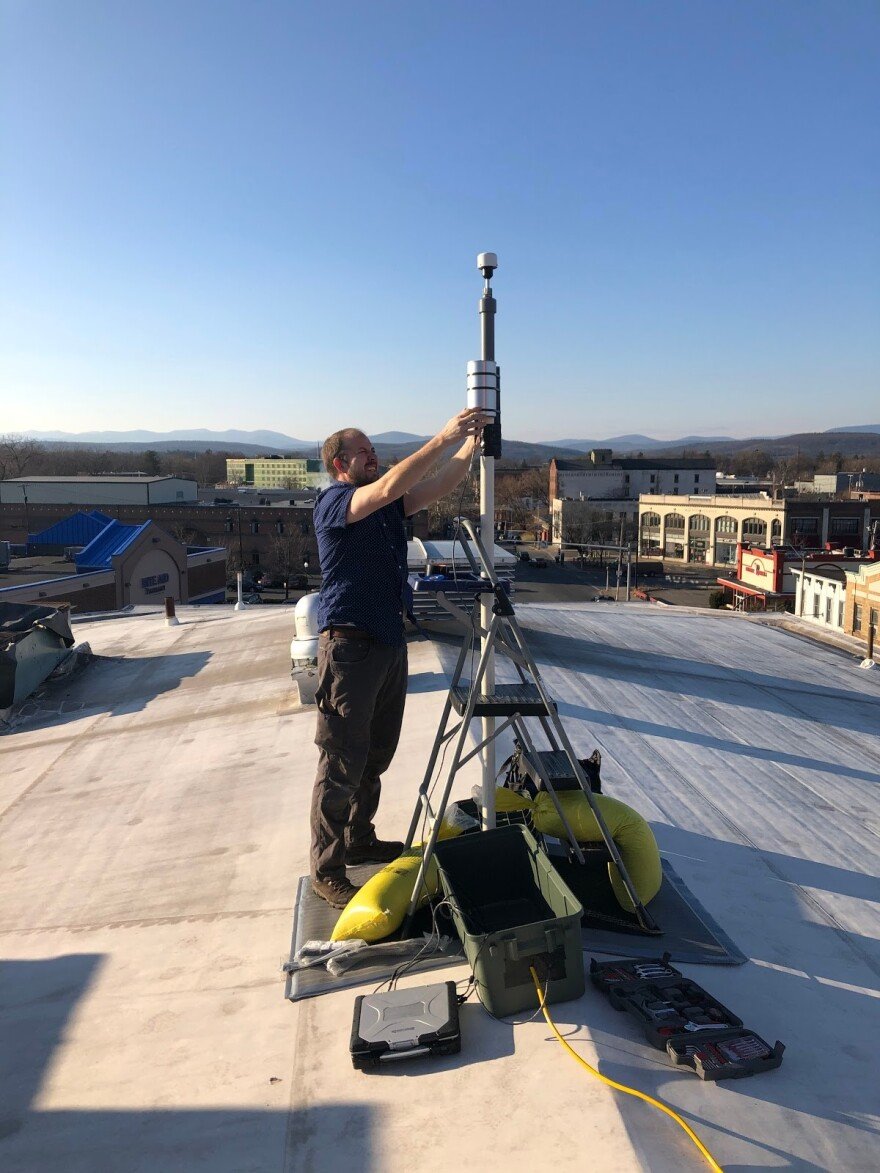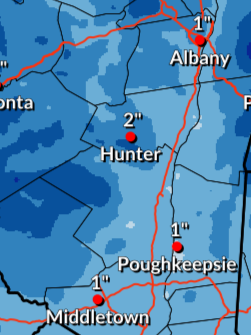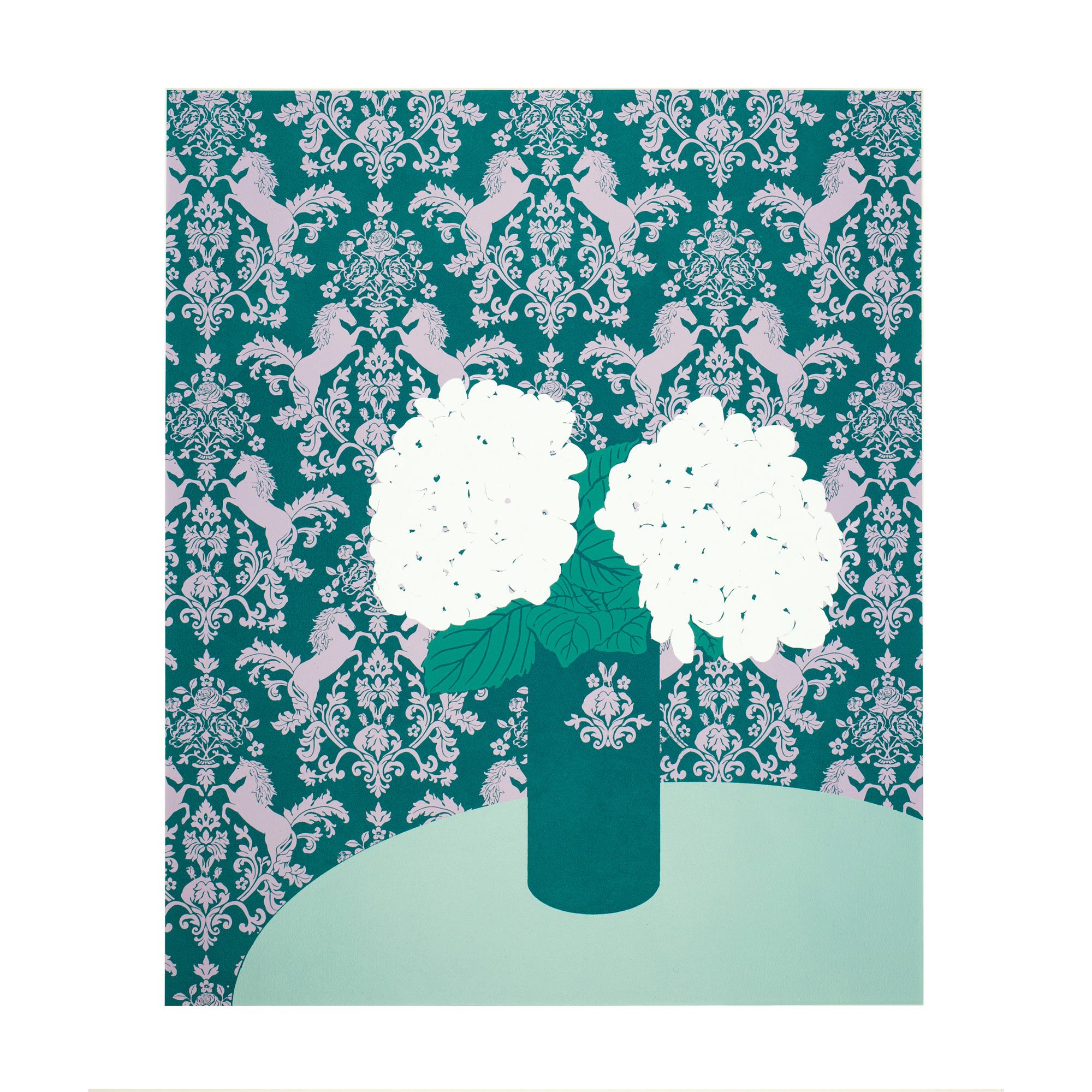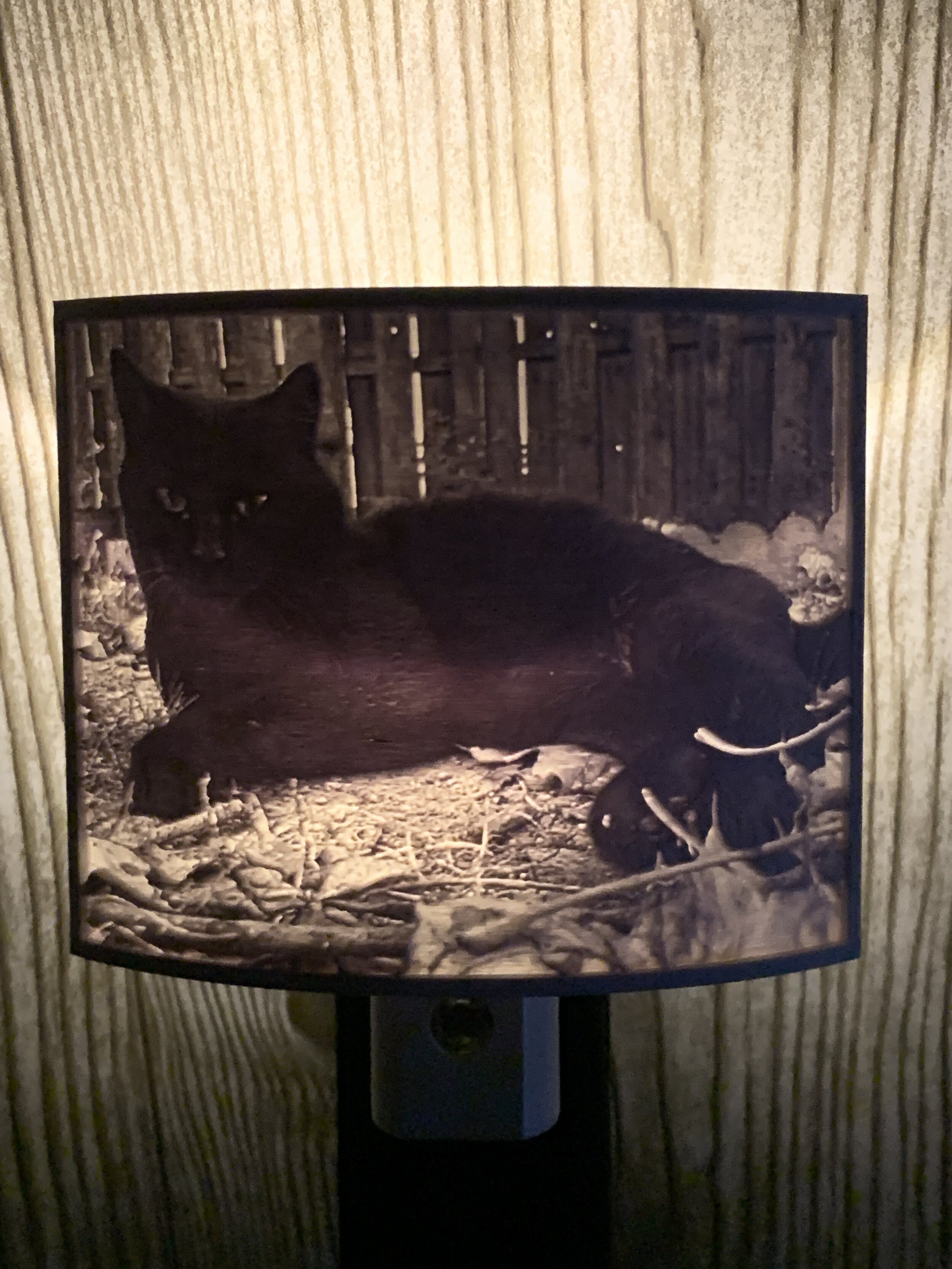Bard receives grant to study air quality in homes, cities throughout Hudson Valley
Bard College in northern Dutchess County will install weather stations and monitor the air quality at sites across the Hudson Valley – including monitoring the indoor and outdoor air quality in 40 homes in the region over the next three years.
The Center for Environmental Sciences and Humanities at Bard College recently received a $44,892 sub-award as part of a federal grant with the Environmental Protection Agency to support goals of “improving air quality and public health across underserved neighborhoods in New York State.”
Bard will provide technical and analytical support for the project over two years for study sites including Kingston, Red Hook, Annandale-on-Hudson, Newburgh and Poughkeepsie. Weather stations with air quality and meteorology sensors will be installed in Newburgh and Poughkeepsie.
In addition, the air quality – both indoors and outside – will be monitored at 40 homes across the Hudson Valley over the next three years. The group will test for “a broad range of air pollutants, including black carbon, volatile organic compounds, ultra-fine particles, polycyclic aromatic hydrocarbons and ozone.”
“The right to breathe clean air inside and outside our homes is not something we can take for granted as we wrestle with important climate-based challenges, including increased wildfire smoke plumes from other parts of the country, flood-induced molding of our aging housing stock and increased wood burning in our communities,” remarked M. Elias Dueker, associate professor of Environmental and Urban Studies at Bard College.

This funding will expand Bard’s air quality work with local organizations including the Kingston Air Quality Initiative, established in 2020, and the Hudson Valley Air Quality Coalition, which started in 2021.
After 3 years of monitoring in Kingston, air quality trends associated with daily activities are observable. The findings show that air pollution in the city is variable and appears to have a seasonal context—higher levels of pollution are shown during colder months (associated with fuel burning), and lower levels are generally seen in spring and summer. The difference between levels seen during 2020—when COVID shut down many activities and resulted in a decrease in vehicles on the road—and pollution levels detected in years since is also significant. Source: https://www.bard.edu/news/kingston-air-quality-initiative-at-bard-college-reports-after-three-years-of-monitoring-2023-06-05
For more information, the Hudson Valley Air Quality Coalition will host its next Healthy Air Quality Forum on Thursday, January 25, 2024 at 6pm at the Kingston Library’s temporary site at 61 Crown Street, and via Zoom: https://tinyurl.com/395nfz73
Advertisement:
Instead of flooding this page with ads, leave us a tip or shop our local makers if you liked this information.


































Add an event to the HVNY calendar at hvny.info/share-your-event